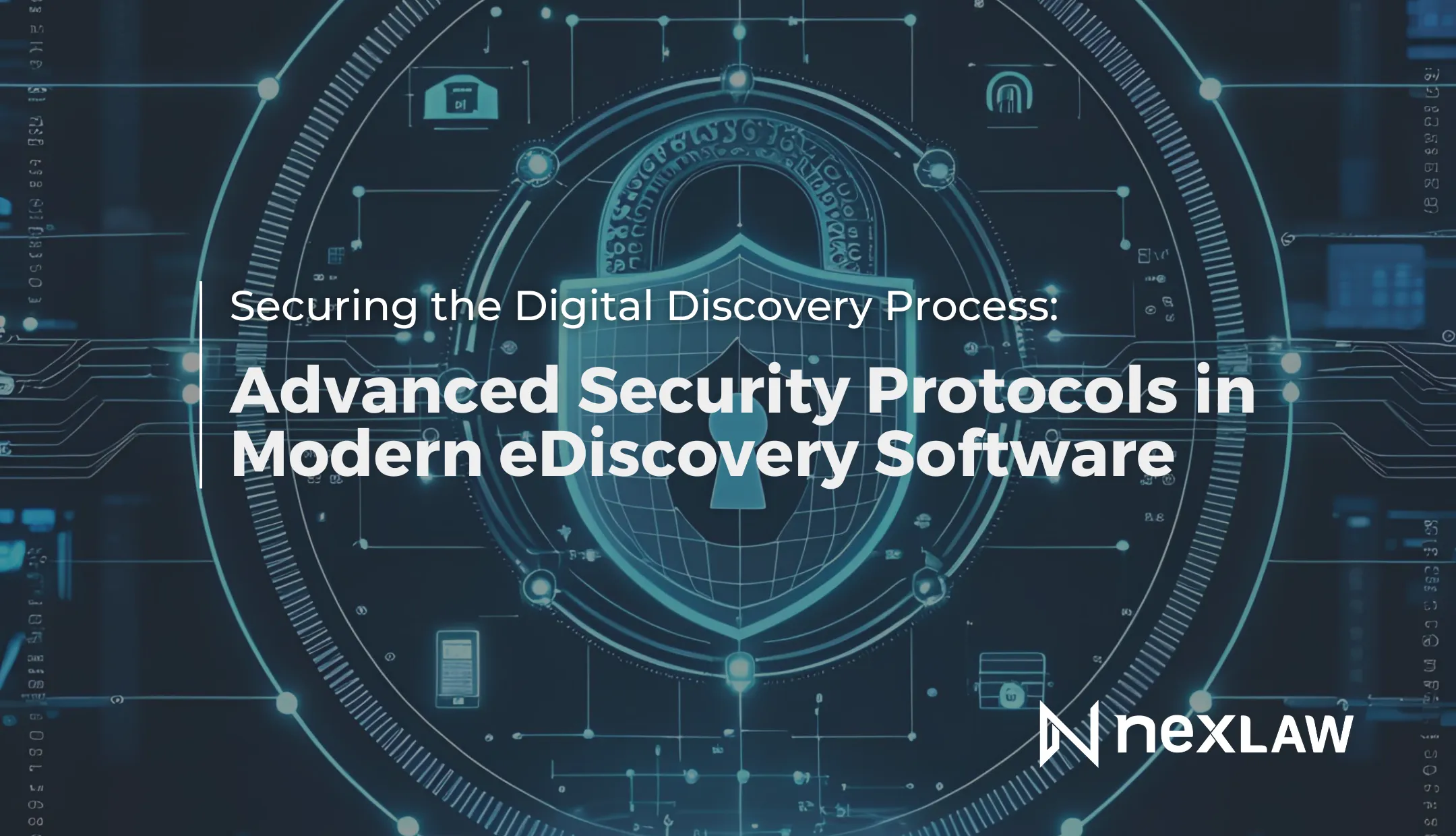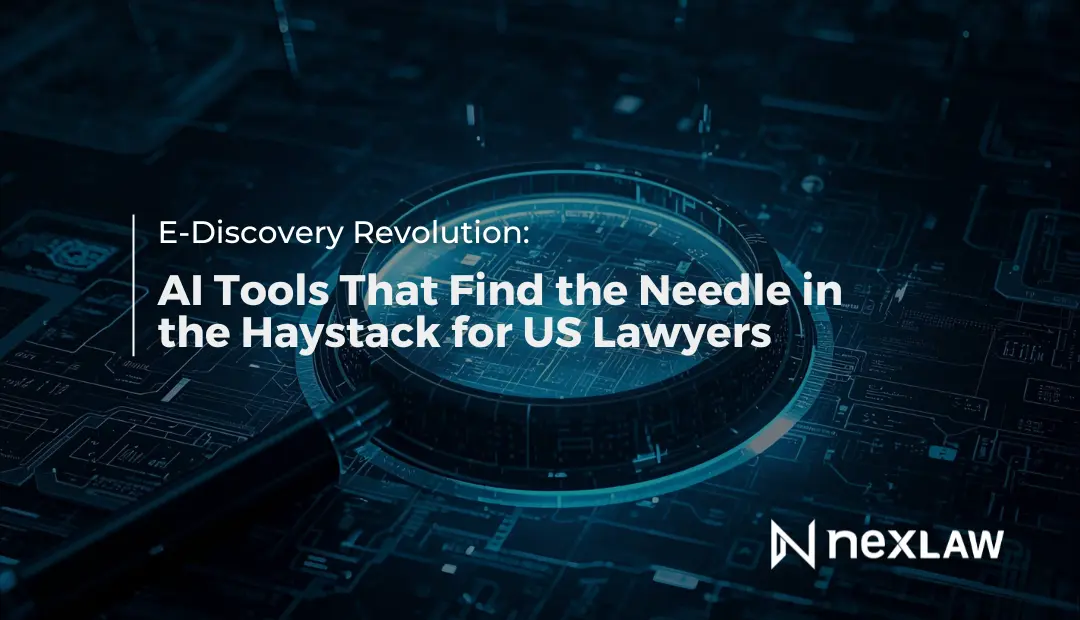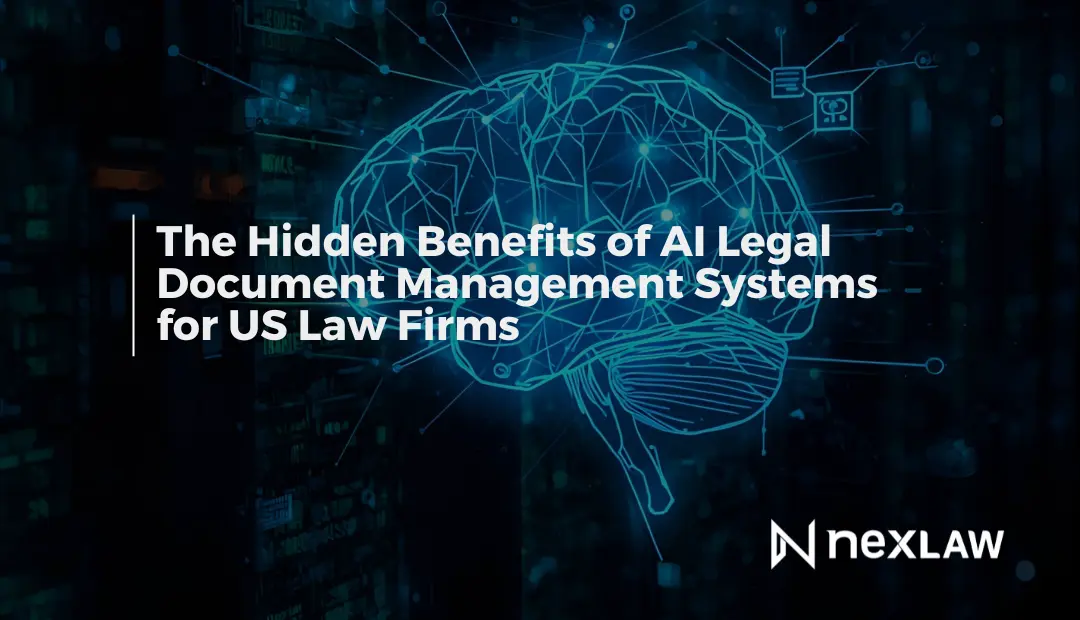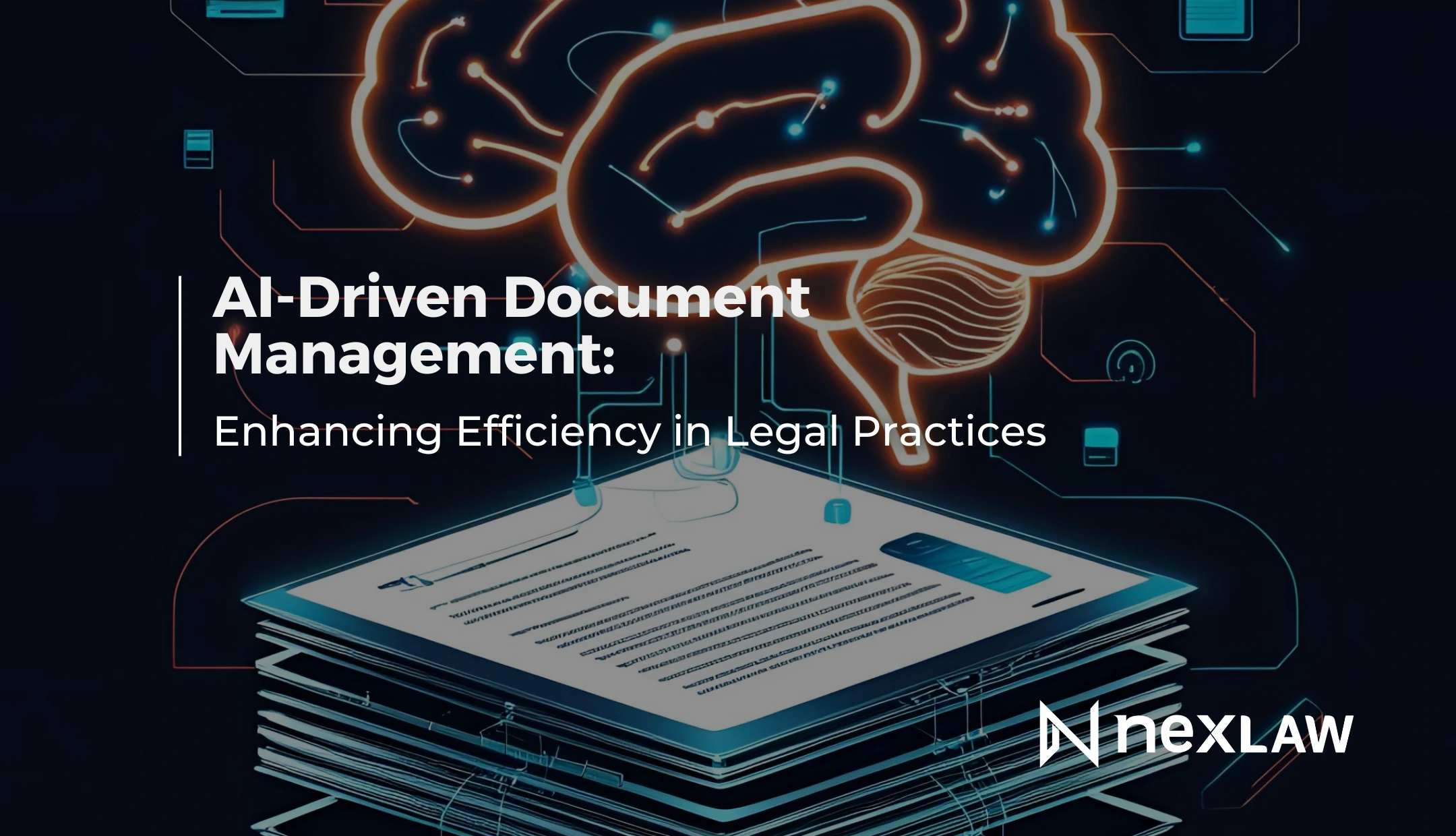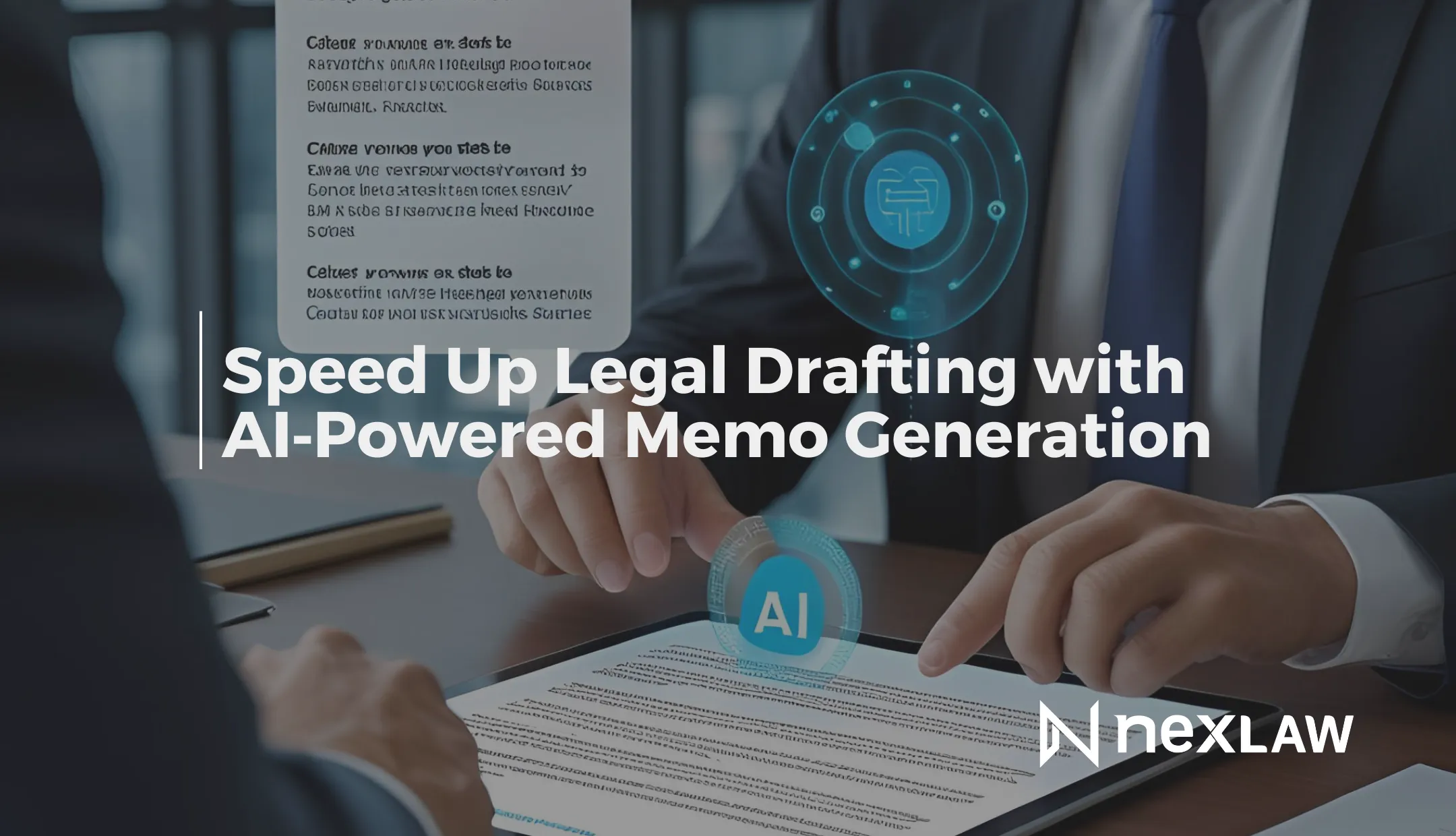Securing the Digital Discovery Process: Advanced Security Protocols in Modern eDiscovery Software
The legal technology landscape has witnessed unprecedented security breaches targeting electronic discovery platforms, fundamentally reshaping how law firms approach data protection during litigation. In March 2025, the ransomware attack on Pacific Legal Systems exposed discovery materials from over 400 active cases, affecting 67 law firms and resulting in an estimated $89 million in damages and sanctions. This incident, along with similar high-profile breaches at Morrison & Foerster’s discovery vendor and the Baltimore City Attorney’s Office, has prompted emergency security audits across the legal industry.
Unlock Legal Insights Instantly!
The Federal Bureau of Investigation’s 2025 Cyber Crime Report identified legal discovery platforms as the third most targeted sector for sophisticated cyber attacks, with threat actors specifically seeking privileged attorney-client communications and confidential business information contained in discovery repositories. Nation-state actors from Russia and China have developed specialized malware designed to infiltrate legal networks, while cybercriminal organizations have created dedicated “legal sector” divisions focused exclusively on extracting valuable information from law firm systems.
These security challenges have coincided with the implementation of stricter regulatory frameworks governing legal data protection. The European Union’s Digital Services Act, which took effect in January 2025, requires law firms handling EU citizen data to implement specific cybersecurity controls for discovery processes. Similarly, the California Consumer Privacy Act amendments now impose personal liability on law firm partners for data breaches involving client information, with potential criminal penalties for gross negligence in data protection.
The Evolution of Legal Sector Cybersecurity Standards
The legal profession’s approach to cybersecurity has undergone dramatic transformation following several watershed moments in 2024 and early 2025. The collapse of LegalTech Solutions, a major discovery vendor serving over 2,000 law firms, occurred after hackers accessed their systems for eighteen months undetected, stealing discovery materials from high-profile mergers, patent disputes, and criminal defense cases. The incident revealed that many legal technology vendors had been operating with minimal security oversight, relying on outdated systems and inadequate monitoring.
Following these breaches, the American Bar Association issued Emergency Ethics Opinion 2025-03, establishing mandatory cybersecurity requirements for law firms handling electronic discovery. The opinion requires firms to conduct quarterly security assessments, implement specific encryption standards, and maintain cyber insurance coverage of at least $10 million per incident. State bar associations in New York, California, and Texas have gone further, requiring annual cybersecurity certifications for all attorneys handling electronic discovery.
The insurance industry has responded by dramatically increasing premiums for legal professional liability coverage, with some carriers excluding cybersecurity-related claims entirely. Marsh & McLennan’s 2025 Legal Sector Insurance Report indicates that cyber insurance premiums for law firms increased by an average of 156% in 2025, with the largest increases affecting firms that handle significant volumes of electronic discovery. Many insurers now require third-party security audits and implementation of specific technical controls before providing coverage.
Regulatory Compliance and International Data Protection
The globalization of legal practice has created complex compliance challenges as law firms must navigate multiple jurisdictional requirements for data protection during discovery. The United Kingdom’s post-Brexit Data Protection and Digital Information Act, implemented in April 2025, requires law firms to obtain explicit consent from UK citizens before transferring their personal data to discovery platforms hosted outside the UK. This requirement has forced many international law firms to establish separate discovery infrastructures for different jurisdictions.
China’s updated Cybersecurity Law, effective June 2025, prohibits the transfer of Chinese citizen data to foreign discovery platforms without approval from the Cyberspace Administration of China. This restriction has significantly complicated cross-border litigation involving Chinese parties, with some law firms refusing to represent Chinese clients due to compliance complexities. The extraterritorial application of these laws means that US law firms can face penalties in foreign jurisdictions for data handling practices that comply with US regulations.
Professional responsibility considerations have become increasingly complex as cybersecurity requirements intersect with traditional ethical obligations. The Model Rules of Professional Conduct now explicitly address technology competence, requiring attorneys to understand the security implications of their technology choices. Recent disciplinary actions have targeted attorneys who failed to implement basic security measures, including a prominent securities lawyer who was sanctioned for using an unsecured email system to transmit discovery materials.
Advanced Threat Detection and Response Systems
Modern eDiscovery platforms have integrated sophisticated threat detection capabilities that go far beyond traditional antivirus software. Behavioral analytics systems monitor user activity patterns to identify potential insider threats, such as attorneys downloading unusual volumes of documents or accessing files outside their typical case assignments. These systems use machine learning algorithms trained on massive datasets to distinguish between legitimate legal work and potentially malicious activity.
The implementation of Security Information and Event Management systems has become standard practice for enterprise-grade discovery platforms. These systems aggregate security data from multiple sources, correlating events to identify sophisticated attack patterns that might not be apparent when examining individual security logs. Real-time monitoring capabilities can detect unauthorized access attempts, unusual data transfer patterns, and other indicators of compromise within minutes of occurrence.
Incident response protocols have evolved to address the unique challenges of legal discovery environments. Unlike typical business systems, discovery platforms cannot be immediately shut down during security incidents without potentially causing irreparable harm to ongoing litigation. Specialized incident response teams now include legal professionals who can make real-time decisions about system isolation, evidence preservation, and client notification while minimizing impact on active cases.
Zero-Trust Architecture Implementation
The adoption of zero-trust security models represents a fundamental shift in how legal organizations approach network security. Traditional perimeter-based security models, which assumed that users and devices inside the corporate network could be trusted, have proven inadequate for protecting against modern cyber threats. Zero-trust architectures require continuous verification of user identity and device security, treating every access request as potentially suspicious regardless of the user’s location or network connection.
Implementation of zero-trust principles in legal environments requires careful balancing of security requirements with the collaborative nature of legal practice. Attorneys frequently need to share sensitive information with clients, co-counsel, expert witnesses, and other third parties, making traditional network isolation impractical. Modern zero-trust systems use contextual access controls that consider factors such as user identity, device security posture, location, time of access, and data sensitivity when making access decisions.
The integration of artificial intelligence into zero-trust systems enables dynamic risk assessment and adaptive security controls. These systems can automatically adjust security requirements based on detected threat levels, requiring additional authentication factors when suspicious activity is detected or temporarily restricting access to highly sensitive materials during active security incidents.
Encryption Technologies and Key Management
The encryption standards used in legal discovery have evolved significantly as computing power has increased and new cryptographic techniques have been developed. Quantum-resistant encryption algorithms are being implemented by leading discovery platforms in anticipation of future quantum computing capabilities that could render current encryption methods vulnerable. The National Institute of Standards and Technology has published preliminary guidelines for quantum-resistant cryptography in legal applications, recommending specific algorithms for different types of legal data.
Advanced key management systems ensure that encryption keys are properly generated, distributed, and rotated while maintaining the accessibility required for legal practice. These systems must accommodate the long-term nature of legal matters, where discovery materials may need to remain accessible for decades while maintaining the highest levels of security. Escrow arrangements and recovery procedures ensure that encrypted data remains accessible even if primary key management systems fail.
End-to-end encryption has become standard for communications between discovery platforms and user devices, preventing interception of sensitive information during transmission. Advanced implementations use perfect forward secrecy protocols that generate unique encryption keys for each communication session, ensuring that historical communications remain secure even if long-term keys are compromised.
Vendor Due Diligence and Third-Party Risk Management
The complexity of modern discovery projects often requires engagement with multiple technology vendors, each presenting potential security risks. Law firms have developed sophisticated vendor assessment programs that evaluate the security practices, financial stability, and compliance history of potential discovery partners. These assessments include penetration testing, security audits, and review of vendor incident response procedures.
The legal industry has seen increased adoption of standardized security frameworks such as SOC 2 Type II audits and ISO 27001 certifications for discovery vendors. However, these certifications provide only baseline assurance, and leading law firms are implementing additional security requirements specific to legal practice. Some firms now require vendors to maintain separate infrastructure for legal clients, implement attorney-specific access controls, and provide real-time security monitoring with legal-specific incident response procedures.
Contractual provisions for vendor relationships have evolved to address the unique risks of legal discovery. Modern vendor agreements include specific security requirements, breach notification procedures, and liability provisions that account for the potential consequences of security incidents in legal contexts. Some agreements require vendors to maintain segregated infrastructure for each client, preventing cross-contamination of discovery materials between different legal matters.
Emerging Technologies and Future Security Challenges
As AI and machine learning become foundational to eDiscovery platforms, they introduce new layers of security risk that go beyond traditional data protection. AI models trained on sensitive legal datasets may unintentionally expose privileged information through model outputs requiring specialized safeguards to prevent inadvertent disclosure.
Blockchain technology is emerging as a solution for immutable audit trails, enabling cryptographically verifiable records of document access, review decisions, and privilege calls. Though early in adoption, blockchain-enhanced systems promise greater transparency and accountability without compromising confidentiality.
Quantum computing poses both a threat and a solution: while future quantum machines may break current encryption standards, technologies like quantum key distribution offer theoretically unbreakable communication security. Legal tech vendors are now developing hybrid architectures to remain adaptable in a post-quantum world.
- Book a Demo – Explore how NexLaw strengthens discovery security with next-gen safeguards
- Explore Plans – Includes a free 3-day trial and access to enterprise-grade protections
